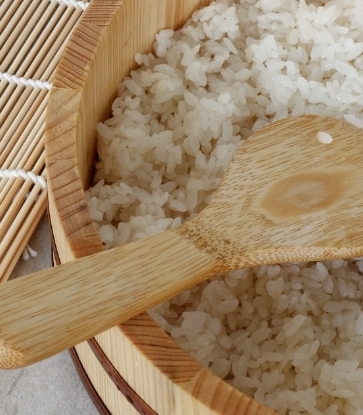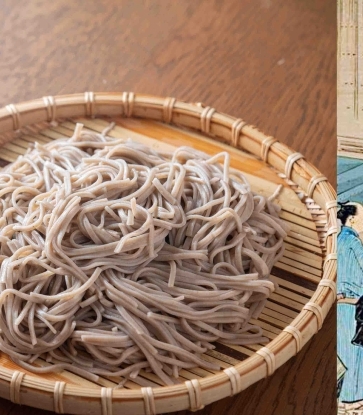But the spotlight is now on tempura, crisp battered ingredients usually served with a dipping sauce. Once simply known as the cooked option on the menu in Japanese restaurants here, Japanese tempura chefs have arrived in town to prove their version of battered fish is more than just, well, your typical fish and chips.
SEE ALSO: A Day In The Life Of A Tsukiji Tuna Wholesaler

SEE ALSO: The Secret To Finger Lickin' Good Southern Fried Chicken

“The oil we use to deep-fry our ingredients is safflower oil,” shares chef Seki, who gets his from Northern California, where the flowers grow abundantly. As it is a neutral-flavoured oil, it doesn’t overpower the taste of the ingredients we use.
A Better Batter
Peek into chef Seki’s bowl of batter mix and you’ll be surprised to see a floury mess — created entirely on purpose. Rather than fold in the wheat flour he uses into the batter, chef Seki prefers to just stir the mixture of water, egg and flour a few times.
“I learnt that if the flour is mixed into the batter too well, the batter will become very sticky and the tempura will come out tasting too ‘heavy’”, he says. The only time he makes the batter a bit thicker, is during summer when ingredients such as shrimp tend to retain more water. “If I check the shrimp that day and can tell it has a lot more water in its body, I will coat it with a thicker batter so I can fry the tempura longer and release the water from the shrimp,” says chef Seki.
In many ways, making good tempura is as much an art form as sushi. Here, chef Seki prepares the raw ingredients before your eyes, slicing them finely and coating them in his special batter mix. You watch, entranced, as he dips the batter-coated shrimp or sliver of fish into the sputtering safflower oil, then removes it quickly and places the glistening tempura right before you.
“Eat it while it’s hot,” he advises, keeping a close eye on that phone camera you have trained on the food. It is only when you have bitten into the delicate, crisp tempura that he gives a satisfied nod and moves on to the next piece.
“Just like sushi, it’s easy to spot the difference between the chef making the food for you,” says chef Seki. “Even if you use the same equipment and ingredients, the tempura can still taste different depending on the chef. I can teach the recipe for my batter to someone, but you can be sure he will tweak it to his taste.”














